Hawaiian Culture Experiences You’ll Actually Enjoy (and Learn From Too)

Podcast: Play in new window | Download
There’s a deeper side to Hawai‘i waiting beyond the beaches and luaus, one that connects you to the people, the land, and the stories that shaped the islands. Whether you’re planning your first visit or returning for another round of aloha, these Hawaiian culture experiences turn sightseeing into something more meaningful. From immersive Hawaii cultural tours to hands-on visits at Hawaii heritage sites, this list covers the best things to do in Hawaii that let you explore tradition and still have a great time. You’ll find a balance of history and fun, along with real cultural activities Hawaii visitors love — all hand-picked with insider Hawaii travel advisor tips and plenty of family-friendly Hawaii attractions mixed in.
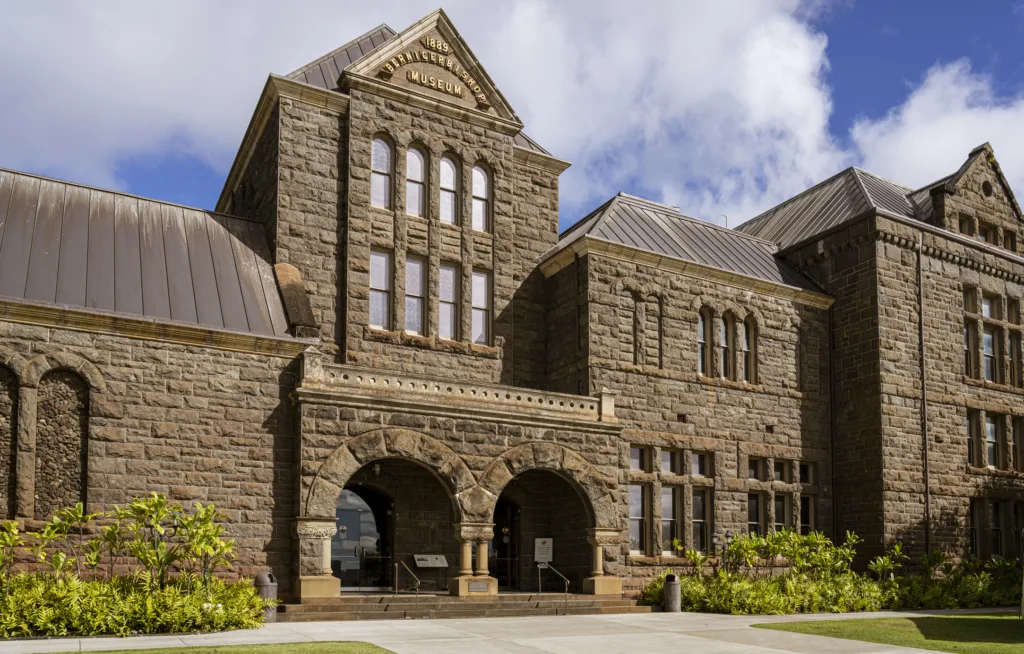
Bishop Museum – O‘ahu
Honolulu’s Bishop Museum is the go-to for anyone curious about Hawai‘i’s past and how it shapes the islands today. Inside the grand Hawaiian Hall, you’ll find everything from feather cloaks worn by ali‘i (royalty) to ancient fishing tools and navigation instruments that guided Polynesians across the Pacific.
It’s not a stuffy museum experience. Families can explore interactive exhibits that explain how Hawaiians viewed the universe, the ocean, and the balance between land and spirit. The Science Adventure Center keeps keiki (kids) engaged, while adults tend to linger in the Pacific Hall, tracing the incredible migration routes of the first voyagers who reached these islands.
Tip: Visit mid-morning when it’s less crowded, then grab lunch in nearby Chinatown for a taste of Honolulu’s multicultural roots.
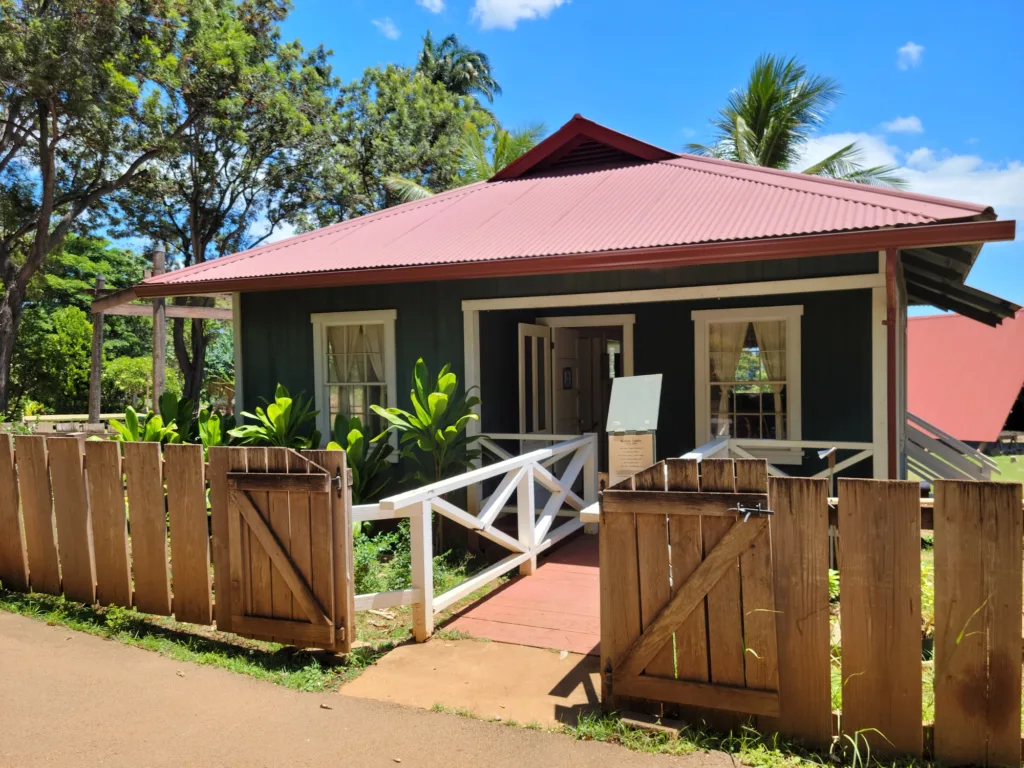
Hawai‘i’s Plantation Village – O‘ahu
Waipahu’s Plantation Village is an overlooked gem that brings Hawai‘i’s plantation era and Hawaiian culture experiences vividly to life. This open-air museum re-creates a typical sugar plantation town from the early 1900s, with homes representing the cultures that shaped the islands — Hawaiian, Chinese, Japanese, Filipino, Portuguese, Korean, Puerto Rican, and Okinawan.
Guided tours take you through restored cottages, community halls, and gardens filled with plants immigrants brought from their home countries. It’s the kind of place that makes Hawai‘i’s multicultural identity click into focus. You’ll see how people from different corners of the world came together to build a new home — and a shared culture that still defines Hawai‘i today.
Tip: Take the guided tour rather than the self-guided walk. The stories from longtime docents add depth

Limahuli Garden & Preserve – Kaua‘i
Kaua‘i’s North Shore hides a treasure most visitors overlook: Limahuli Garden & Preserve in Hā‘ena. It’s part botanical garden, part cultural classroom, and part sacred valley. Managed by the National Tropical Botanical Garden, Limahuli is one of the last intact examples of an ancient ahupua‘a — the traditional Hawaiian land division that ran from mountain to sea.
Here you’ll see how Hawaiians lived sustainably, cultivating taro terraces and native plants that supported entire communities. The trails wind through lush vegetation and archaeological sites that show how nature and culture were never separate concepts in Hawai‘i — they were one and the same.
Tip: Reserve tickets in advance, as access is limited. It’s also worth pairing the visit with lunch in Hanalei to keep your day relaxed and local.
Paniolo Heritage Center – Hawai‘i Island
When people think of Hawaiian culture experiences, they don’t usually think “cowboys.” But the paniolo — Hawaiian cowboys — have been part of island life since the 1800s. In Waimea (also known as Kamuela), the Paniolo Heritage Center tells the story of how ranching shaped Hawai‘i’s identity and economy.
The small museum features saddles carved from native wood, old branding irons, and photographs of paniolo who mastered cattle herding long before the American West became famous for it. There’s also an exhibit dedicated to the Nā Wahine Holo Lio Pa‘ū, women riders who wore flowing skirts called pā‘ū and helped preserve equestrian traditions across generations.
Tip: Visit on a Wednesday or Saturday morning when the on-site farmers market is open. You’ll find local produce, crafts, and live music — all wrapped in that same paniolo spirit.
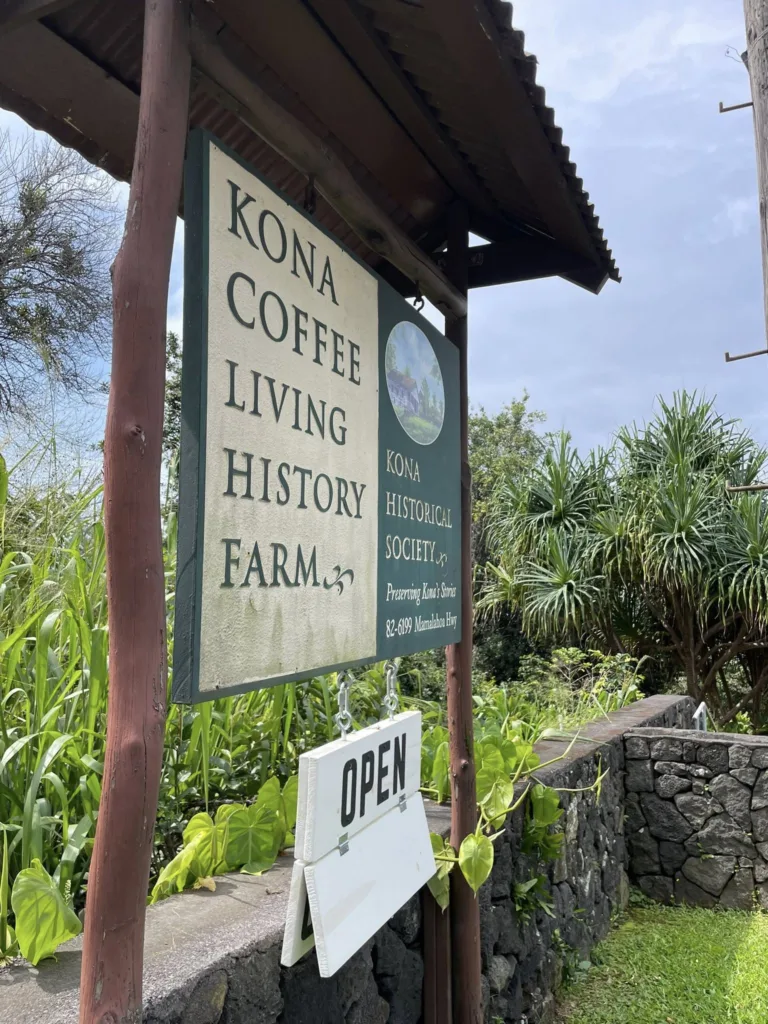
Kona Coffee Living History Farm – Hawai‘i Island
Head to Captain Cook on the Big Island and you’ll find the Kona Coffee Living History Farm, a working, living museum where costumed docents re-create daily life on a 1920s coffee plantation. You’ll walk through the Uchida family farmhouse, where Japanese immigrants balanced hard labor with community and family life.
Outside, drying platforms stretch under the sun, and the old mill still stands as a reminder of the effort it took to produce one pound of Kona coffee. You might even meet a couple of Kona Nightingales — the beloved donkeys that once carried beans down the mountain.
Tip: Plan this visit for a morning or early afternoon and pair it with a stop at a nearby roastery to taste the end result of all that work.

Lāna‘i Culture & Heritage Center – Lāna‘i
For those lucky enough to visit Lāna‘i, the island’s Culture & Heritage Center in Lāna‘i City is essential. It’s located inside the historic Dole Plantation Administration Building and tells the story of how pineapple and perseverance shaped this small but fascinating island.
The center holds artifacts, photographs, and stories that connect visitors to the generations who built and rebuilt life here. It’s also a gathering place for cultural demonstrations like lei making, poi pounding, and storytelling. The Kupulau Festival, held every spring, brings the island together for hands-on workshops and local food — an ideal mix of culture and celebration.
Tip: Check the event calendar before you go. Even if you can’t attend in person, the center’s virtual exhibits are worth a look.
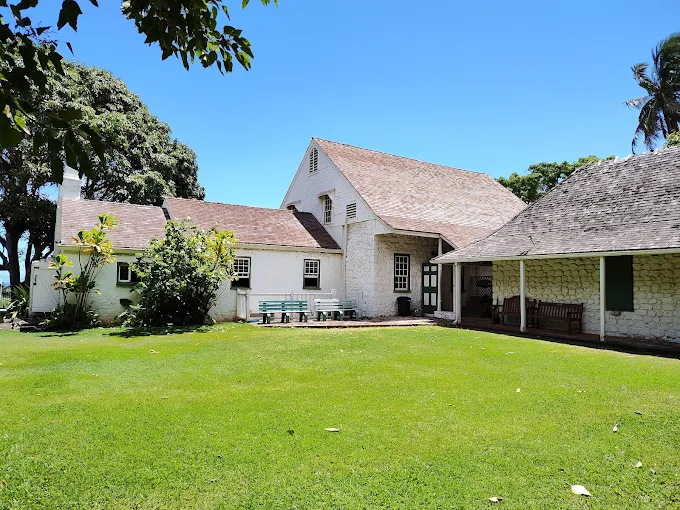
Hale Hō‘ike‘ike at the Bailey House – Maui
Nestled in Wailuku, Maui’s Bailey House Museum feels worlds away from the resorts. This 19th-century stone building — once part of a seminary — now houses Maui’s largest collection of Hawaiian artifacts. You’ll find everything from featherwork to paintings, with detailed stories about how people lived before and after Western contact.
The gardens outside are filled with native plants once used for food, medicine, and tools, while the upstairs rooms show how missionaries and locals coexisted during a period of major change. It’s not a massive museum, but it’s one of those stops that brings Maui’s layered history into focus.
Tip: After your visit, stroll through Wailuku Town’s growing café scene for a mix of local charm and great food.
Honoka‘a Heritage Center – Hawai‘i Island
In the plantation town of Honoka‘a on the Hāmākua Coast, this small but impressive heritage center celebrates the area’s sugar, ranching, and immigrant history. The building itself — a restored 1927 Ford dealership — is worth a look, but it’s what’s inside that matters most: the stories of the families who worked the fields, raised cattle, and built communities.
The exhibits include oral histories, vintage photos, and displays that highlight resilience through decades of change. The center also offers a self-guided walking tour of the old plantation-era buildings lining Māmane Street, which gives visitors a real sense of place.
Tip: Visit on a Saturday morning, then head to the farmers market for local treats and live music.
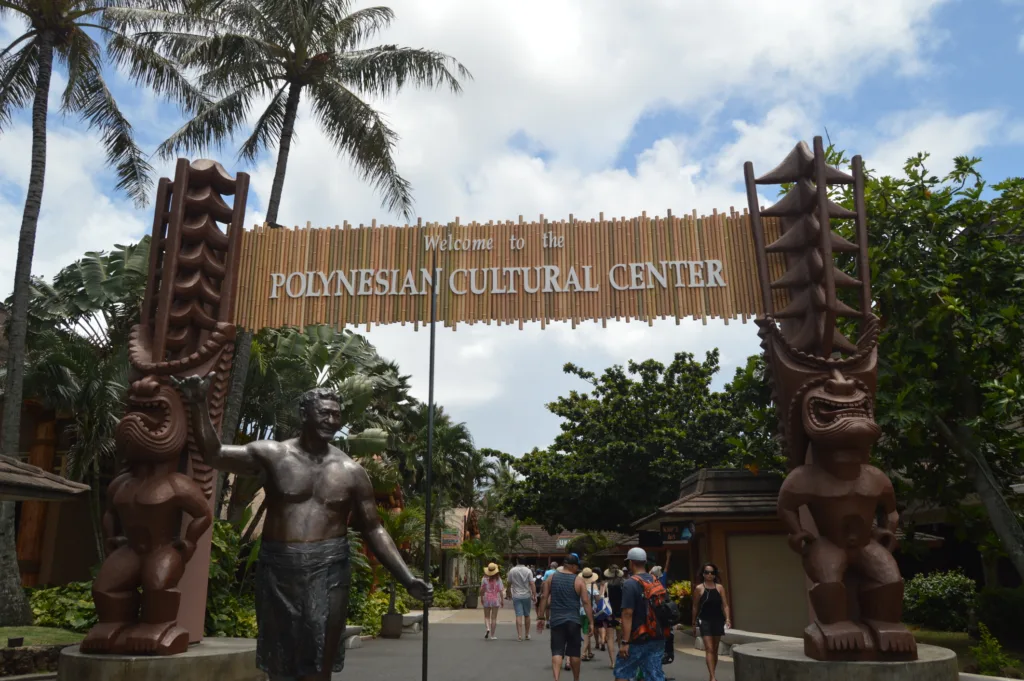
Polynesian Cultural Center – O‘ahu
It’s one of Hawai‘i’s best-known attractions for a reason. The Polynesian Cultural Center in Lā‘ie brings together the cultures of Polynesia — Hawai‘i, Samoa, Tonga, Tahiti, Aotearoa (New Zealand), and Fiji — in an interactive, family-friendly setting. Each island village shares music, dance, crafts, and stories that link the Pacific together.
While it’s undeniably geared toward visitors, the PCC also partners with Brigham Young University–Hawai‘i to employ and train local students, many of whom are cultural representatives from the islands they portray. It’s a fun, educational day that ends with one of the most impressive evening shows in the islands.
Tip: Go early to explore each village before the luau or show begins. The more time you spend engaging, the more you’ll get out of it.
Making It All Fit
There’s no shortage of ways to experience Hawaiian culture. The key is blending the educational with the enjoyable. Pick one or two cultural anchors per island, and balance them with outdoor time or food adventures.
For instance, on O‘ahu you might visit Bishop Museum one day, then spend the next exploring local eats in Kaka‘ako or attending a hula show in Waikīkī. On the Big Island, pair the Kona Coffee Farm with a scenic drive or a visit to Puʻuhonua o Hōnaunau National Historical Park. On Kaua‘i, visit Limahuli Garden in the morning and unwind on Hanalei Bay in the afternoon.
The point isn’t to check off a list of museums — it’s to feel the rhythm of Hawai‘i through its people, food, music, and history. That’s where the real aloha lives.
A Few Final Thoughts
Cultural experiences in Hawai‘i aren’t limited to tours or exhibits. You’ll find culture in the chants at a sunrise ceremony, in a plate lunch from a family-owned shop, or in the conversation you strike up with a local farmer at the market.
When you seek out these moments with respect and curiosity, Hawai‘i opens up in ways most visitors never see. You’ll go home with more than photos — you’ll carry a deeper connection to the islands and the people who call them home.